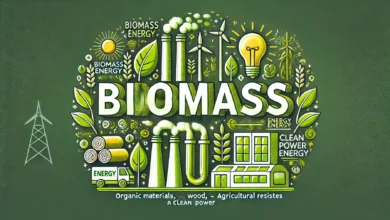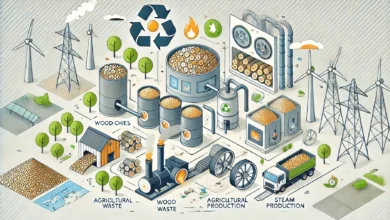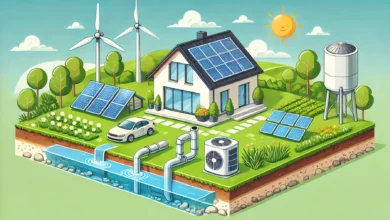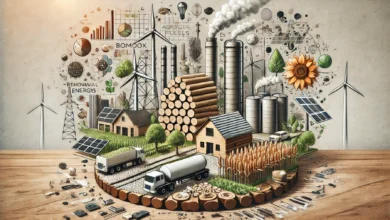Biomass Energy Pros and Cons
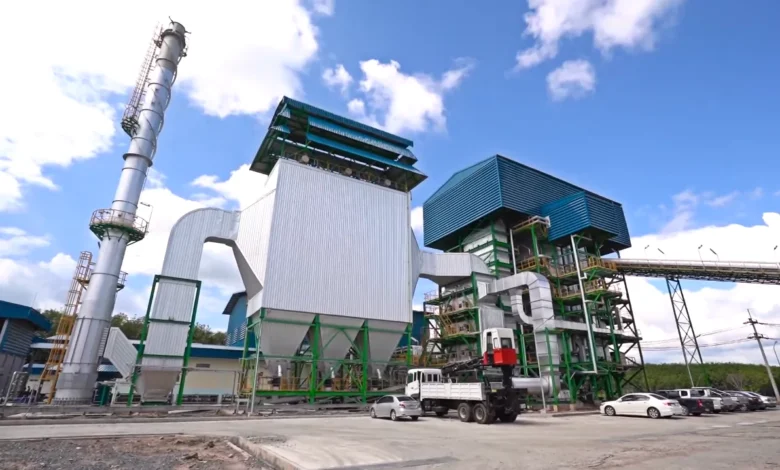
When we think of renewable energy, solar panels and wind farms usually grab all the headlines. But biomass energy — one of humanity’s oldest energy sources — deserves a closer look too. If you’ve been wondering about the real biomass energy pros and cons, this guide will walk you through everything you need to know, without the jargon.
Contents
How Does Biomass Energy Work?
Biomass energy comes from organic materials — think wood, agricultural waste, food scraps, or even landfill gases. These materials contain stored solar energy captured through photosynthesis. When we burn them, decompose them, or convert them into fuels, we unlock that energy.
Main methods for generating biomass energy include:
- Combustion: Burning organic matter to produce steam for electricity.
- Gasification: Heating biomass in low-oxygen environments to create syngas.
- Anaerobic digestion: Using bacteria to break down waste into biogas.
- Fermentation: Converting crops like corn into bioethanol for transportation fuel.
What Are the Pros and Cons of Biomass Energy?
When evaluating biomass energy pros and cons, it’s important to take a balanced look at both sides. Here’s a clear comparison to help you understand:
| Pros of Biomass Energy | Cons of Biomass Energy |
|---|---|
| Renewable source when sustainably managed | Produces air pollutants during combustion |
| Reduces waste from agriculture, forestry, and households | Land and water competition with food crops |
| Potential to be carbon-neutral if carefully managed | High collection, processing, and transport costs |
| Provides reliable, steady energy supply | Lower energy efficiency compared to solar or wind |
| Supports rural jobs and local economies | Risk of deforestation and biodiversity loss |
Understanding the biomass energy pros and cons helps policymakers, businesses, and communities make smarter decisions about where and how biomass fits into a sustainable future.
Curious how other renewable sources compare? Check out our detailed look at [Hydropower Pros and Cons].
Advantages of Biomass Energy
Advantages of biomass energy include its renewable nature, waste-reduction potential, and ability to offer reliable energy even when the sun isn’t shining or the wind isn’t blowing.
- Renewable and Abundant
Biomass is considered renewable because plants and organic waste materials can regrow or be replenished relatively quickly compared to fossil fuels. - Waste Management Solution
Instead of letting agricultural and municipal waste pile up in landfills, biomass facilities put that waste to work, reducing methane emissions and landfill overflow. - Carbon Cycle Benefits
In ideal scenarios, the carbon released by using biomass is offset by the carbon absorbed during plant growth, keeping biomass close to carbon-neutral. - Steady Energy Production
Biomass doesn’t rely on weather conditions. It can provide consistent, controllable power whenever needed, helping stabilize the energy grid. - Economic Development
Biomass energy projects create jobs in agriculture, forestry, and transportation, often revitalizing rural economies that otherwise have few opportunities.
Disadvantages of Biomass Energy
While promising, the disadvantages of biomass energy deserve serious consideration, especially as we look for truly sustainable energy solutions.
- Air Pollution
Burning biomass emits particulates, carbon monoxide, and nitrogen oxides, which can harm air quality if emissions aren’t properly controlled. - Competition for Land and Resources
Growing crops specifically for energy can compete with food production and drive up land, water, and fertilizer use. - High Costs
Building and operating biomass energy plants — plus collecting and transporting raw materials — can make biomass more expensive than other renewables like wind and solar. - Lower Energy Efficiency
It often takes more raw material to generate the same amount of energy compared to fossil fuels or solar panels, making biomass less efficient overall. - Risk of Unsustainable Practices
When sourcing isn’t managed carefully, biomass production can lead to deforestation, soil degradation, and biodiversity loss, undermining its environmental benefits.
Is Biomass Energy Used in the U.S.?
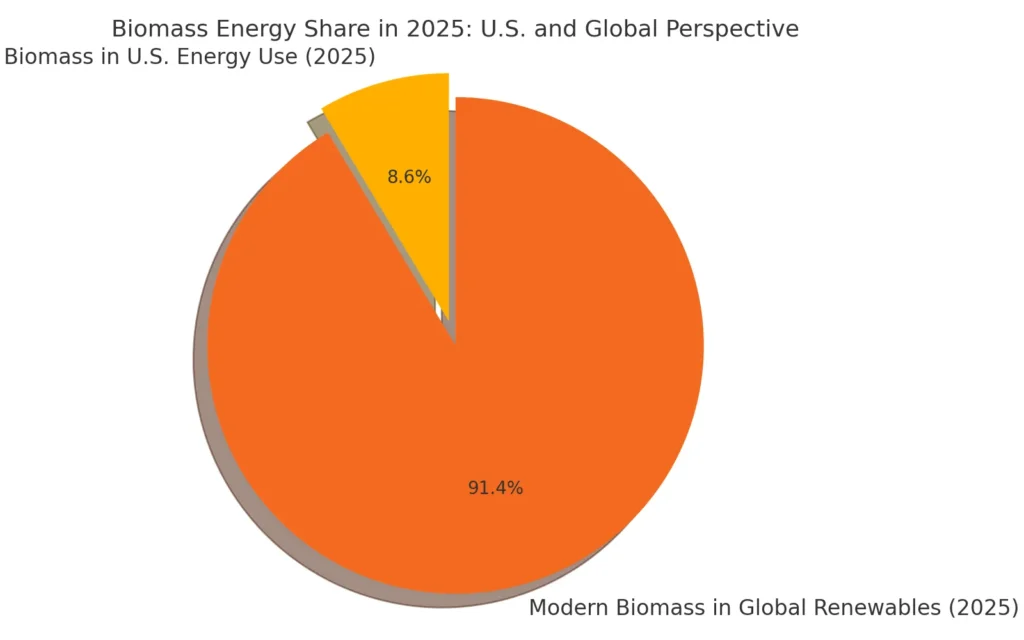
Absolutely. Biomass plays a meaningful role in America’s renewable energy portfolio.
According to the U.S. Energy Information Administration, biomass accounted for about 4.7% of total primary energy use in the United States in 2025.
Here’s where biomass energy appears in action:
- Wood and Wood Waste: Used for heating and electricity generation.
- Biofuels: Ethanol made from corn is blended into gasoline at nearly every gas station nationwide.
- Biogas: Captured from landfills and wastewater treatment plants to produce energy.
- Waste-to-Energy Plants: Municipal solid waste is burned to generate electricity, reducing landfill needs.
States like California, Florida, and Maine lead the country in biomass energy initiatives, often emphasizing sustainable sourcing and waste recovery methods.
Frequently Asked Questions
Biomass energy isn’t flawless, but it brings real value when approached responsibly. Knowing the true biomass energy pros and cons helps us better integrate this versatile source into a low-carbon, sustainable future — without repeating old environmental mistakes.
